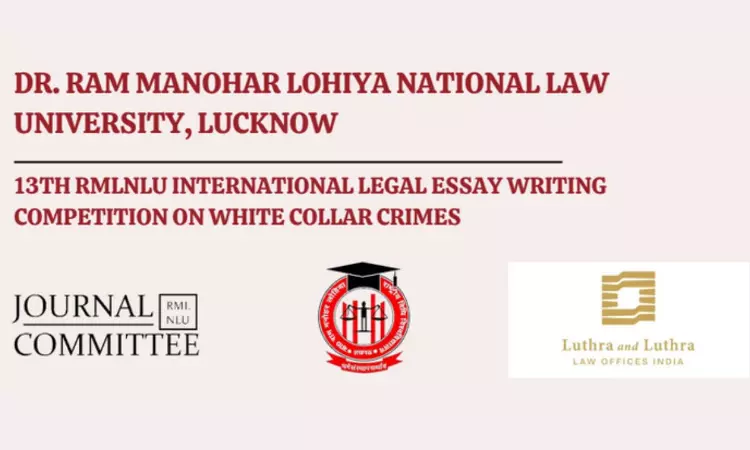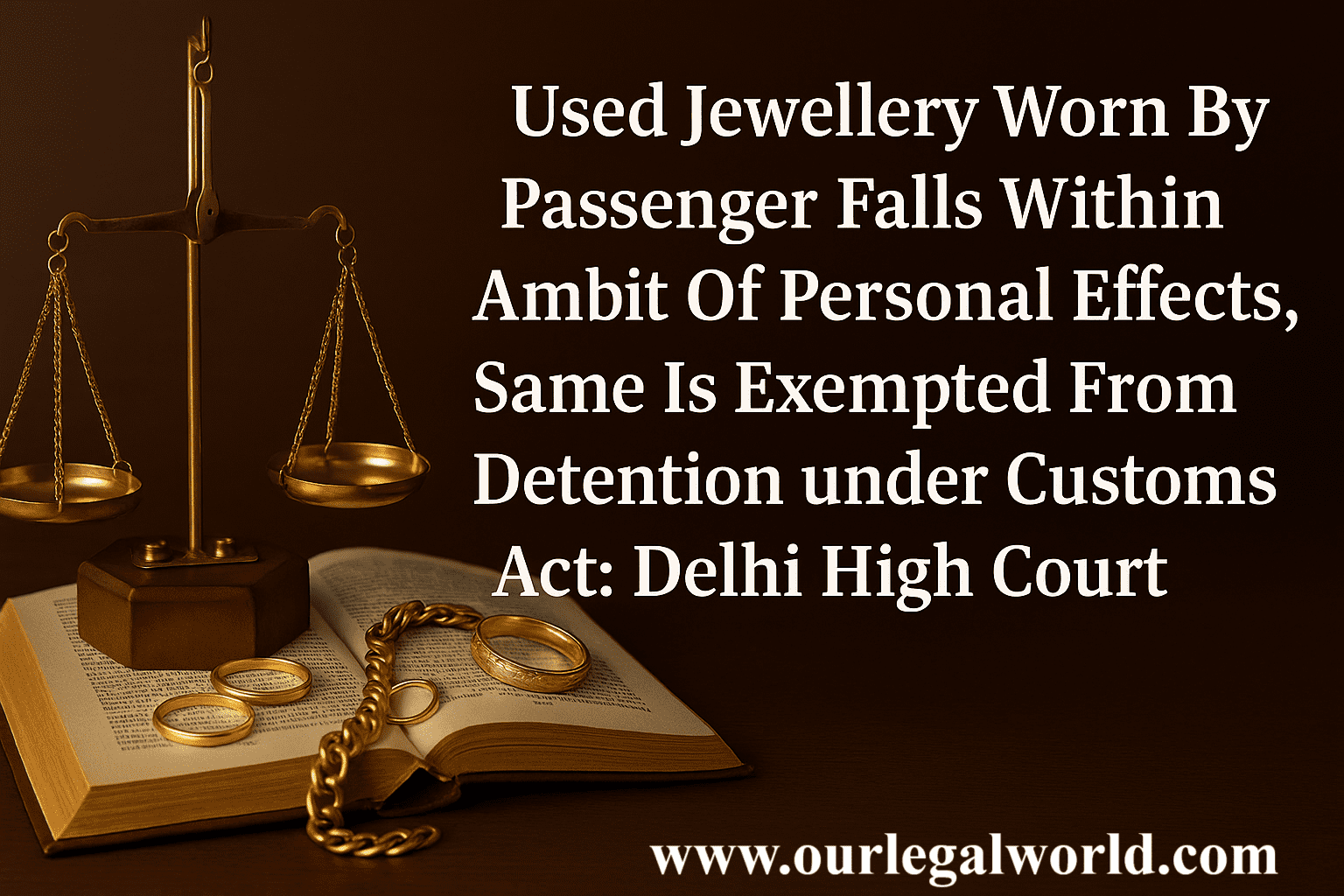Injuria Sine Damnum
Meaning
Injury Without Damage
According to Setalvad, the law of torts can be expressed as “an instrument for making people adhere to standards of reasonable behavior and respect the rights and interests of one another”. [1] And this can be done by protecting interests and by providing a remedy, in the form of compensation, in case of violation of those protected interests. [2]
In the previous article, we have discussed that where there is a wrong to legal right the remedy arises, to protect the enjoyment of that right. The real significance of this wrong or legal damage can be given by following two Latin maxims, i.e. a) injuria sine damnum and b) damnum sine injuria.
The meaning of the second maxim is that, ‘actual loss without any breach of any legal right’. No cause of action lies in this situation as there is no harm to the legal right, although there may be any other substantial loss.
For our present consideration, we are focusing on the first maxim, ‘injuria sine damnum’, which means ‘the injury to absolute private right without any actual loss or damage’, there is a cause of action, in this case.
What is ‘damage’ and the ‘injury’?
We can see two main ingredients in the given maxim. The first is ‘injuria’ and another is ‘damnum’.
Whereas ‘damnum’ means the damage, the harm or loss suffered or presumed to be suffered by a person as a result of some wrongful act of another. It may be in forms of monetary or of health or of service or of anything like. For presumption of damage, rights has been classified into two kinds, i) absolute rights and ii) qualified rights. When an absolute right is violated the law conclusively presumes damage although person wronged may have suffered no pecuniary loss, whatsoever. Damage presumed is legal damage therefore violation of absolute right is actionable per se, without proof of any damage. Whereas qualified rights, there is no presumption of legal damage and violation of such right is actionable only on the proof of actual damage.
And ‘injuria’ meant invasion of another’s rights for which one may bring an action, it means a tortious act, it need not be voluntary and malicious. In Winsmore v. Greenbank, [3] it has been observed that injury, even it caused by the accident, if tortious there is the cause of action. It means, in case of a breach of legal private right, any civil wrong or a tortious act there lies an action. Eg. Act of trespass, in this situation the legal right of the owner of the property has been breached even though any actual damage or physical injury is not caused. The owner is entitled to the compensation.
Injuria sine damnum
It means that any infringement of an absolute private right without any actual loss or damage, the person whose right is infringed has a cause of action. [4] We know that every person has an absolute right to his/her property and to the immunity of his/her persona, and any infringement of this right is actionable per se. Even if there is mere threat of infringement of legal right without the injury being complete, the person whose right is threatened can bring a suit under provisions of the Specific Relief Act for declaration and injunction. [5]
According to various interpretations of the maxim, the plaintiff doesn’t have to prove any damages suffered, mere infringement of legal right is sufficient and actionable per se. This can be elucidated with some of the case laws as follows.
Ashby v. White [6]
In this case, the legal right to vote of the plaintiff has been infringed by the defendant. At a parliamentary election, the defendant, a returning officer, wrongfully refused to register a duly tendered vote of the plaintiff, a legally qualified voter. The candidate for whom the vote was tendered was elected, here no actual loss was suffered by the rejection of the vote, nevertheless, it was held that an action lay. In this case the returning officer had acted maliciously.
According to the observation of Lord Holt, C.J., every injury imports damage, though it does not cost the party one farthing. Damage may not be pecuniary, but that injury and causing breach to one’s right is sufficient. For example in slander, though a man does not face any monetary loss by reason of the speaking the words, yet he shall have an action.
The Municipal Board of Agra v. Ashrafi Lal, [7]
It has been observed that, if a person wrongfully omitted from an electoral roll, who is entitled to be upon such a roll. His legal right to vote has been infringed, and he has deprived of his right. Hence he is entitled to the compensation.
Marzetti v. Williams [8]
The plaintiff had an account in the defendant’s bank. Although the plaintiff’s account had enough funds, the banker wrongfully dishonored the cheque. The complainant lodged a lawsuit against the banker who refused to honor his check. The defendant was held liable by the court for wrongfully dishonoring the cheque. The Court held that it does not matter if any actual loss or damage was sustained by the customer.
Bhim Singh v. The state of Jammu and Kashmir [9]
The plaintiff, an MLA from the state of Jammu and Kashmir had been illegally arrested and prohibited from attending the session of the Legislative Assembly of Jammu and Kashmir. O. Chinnappa Reddy, J. observed, “Custodians of law and order should not become predators of civil liberties. Their duty is to protect and not to abduct…” and while declaring the compensation to Bhim Singh Justice O. C. Reddy said, “the mischief or malice and the invasion may not be washed away by his being set free.” And awarded ₹50000 as compensation.
Kali Kissen Tagore v. Jodoo Lal Mulick, [10]
The Privy Council observed that, there may be, where a right is interfered with, injuries sine damnum sufficient to cause of action, but no action where there is neither damnum nor injuria. It means that if there is no damage and also no injury to any private legal right then there is no cause of action and remedy cannot be granted.
Conclusion
In case of infringement of an absolute private right without any actual loss or damage, the person whose right has been infringed has a cause of action.
So we can conclude that there are certain legal wrongs for which the law does give a legal remedy, though there is the only violation of private rights, without any actual or any substantial loss.
References
[1] Setalvad, Common Law in India.
[2] Popatlal Gokaldas Shah v. Ahmedabad Municipal Corporation, AIR 2003 Guj 44.
[3] (1745) willes 577 (581)
[4] Ratanlal & Dhirajlal : The Law of Torts (26th Edition)
[5] Ibid
[6] (1703) 2 Ld. Raym. 938.
[7] (1922) 44 All 202: AIR 1922 All 1
[8] (1830) 1 B&Ad 415.
[9] AIR 1986 SC 494
[10] (1879) 5 CLR 97 (101)






![Call for Paper of RMLNLU Law Review [Volume XVI (2025-26)]](https://www.ourlegalworld.com/wp-content/uploads/2025/07/ORIGINAL-CFP.png)



